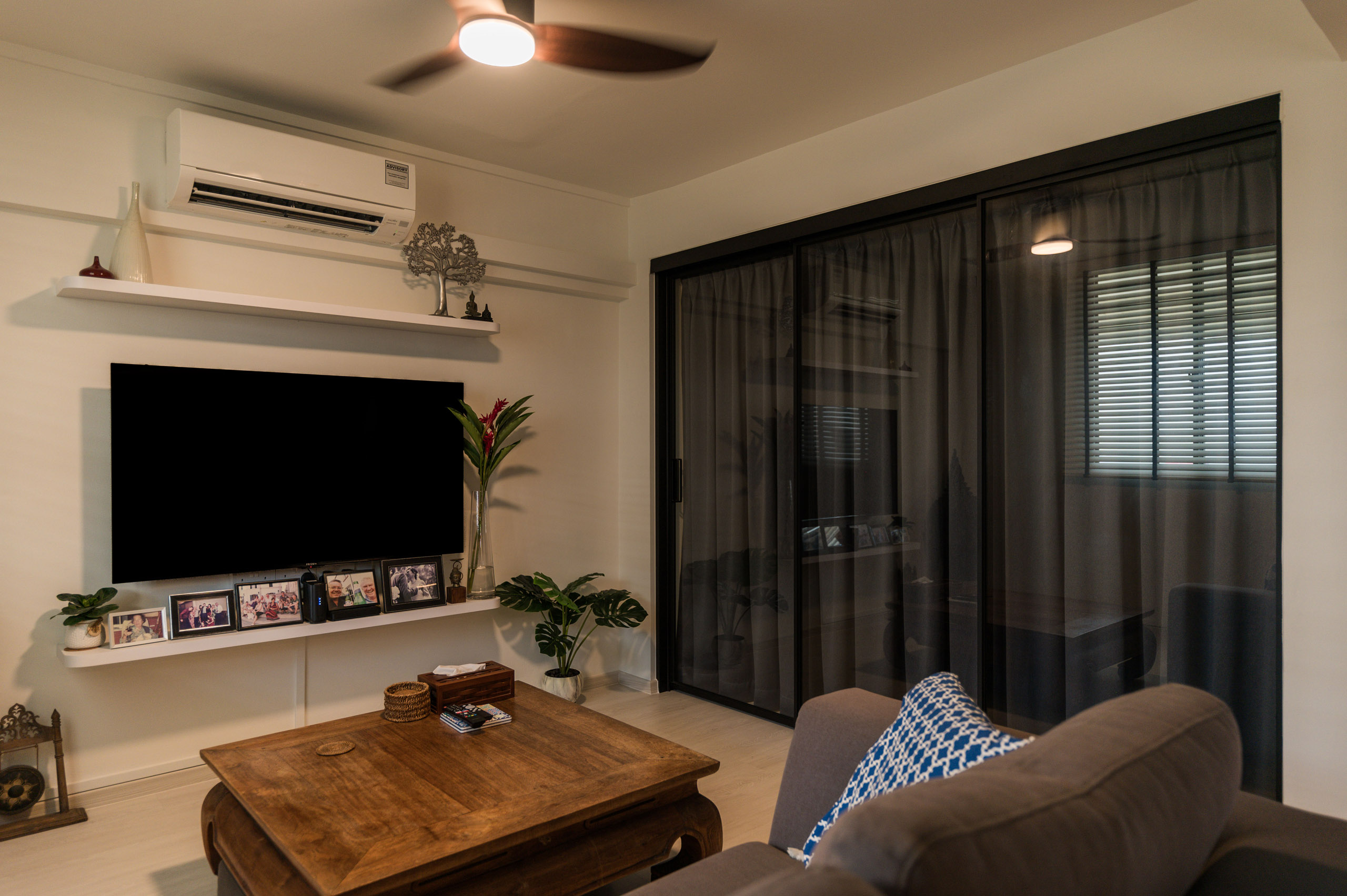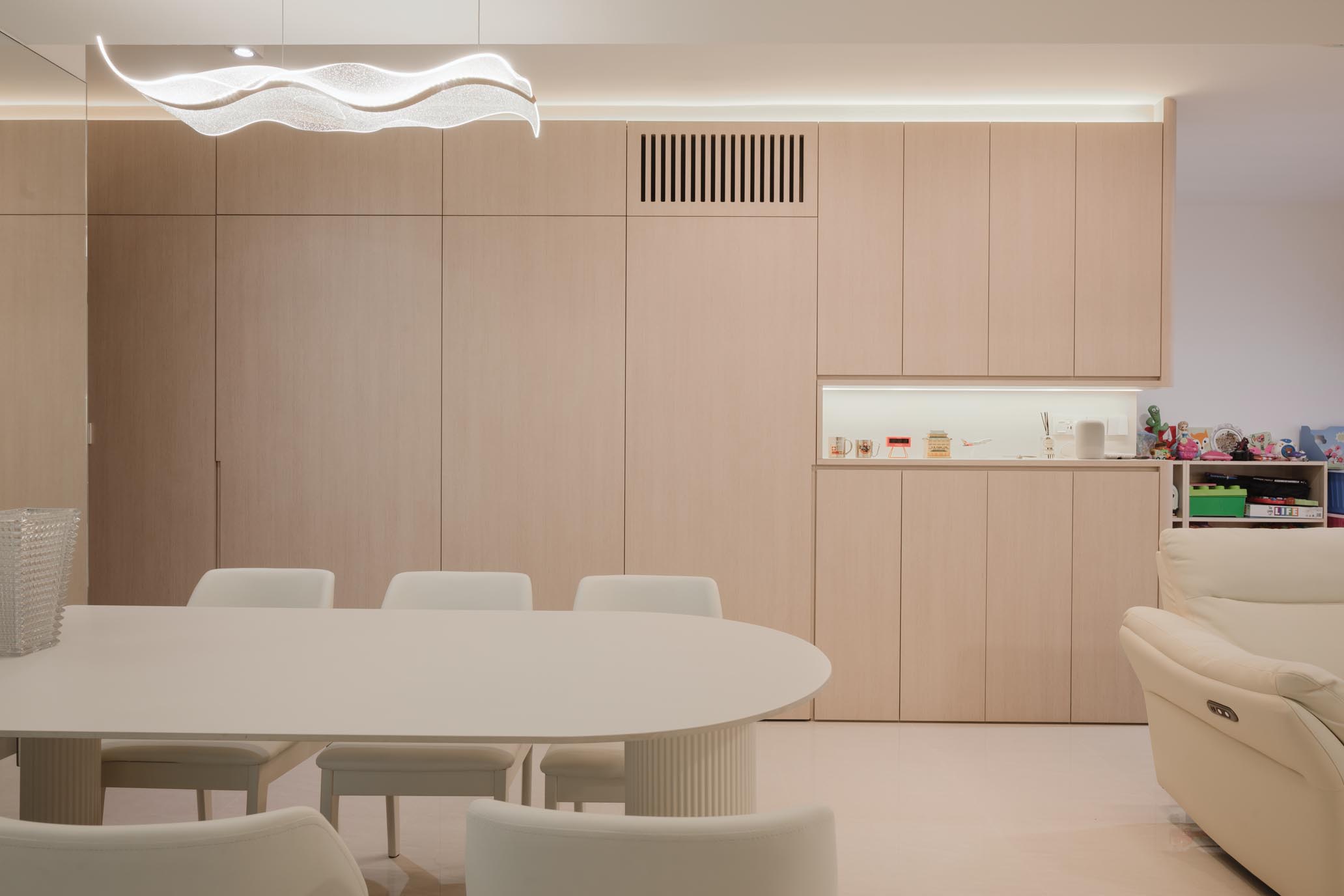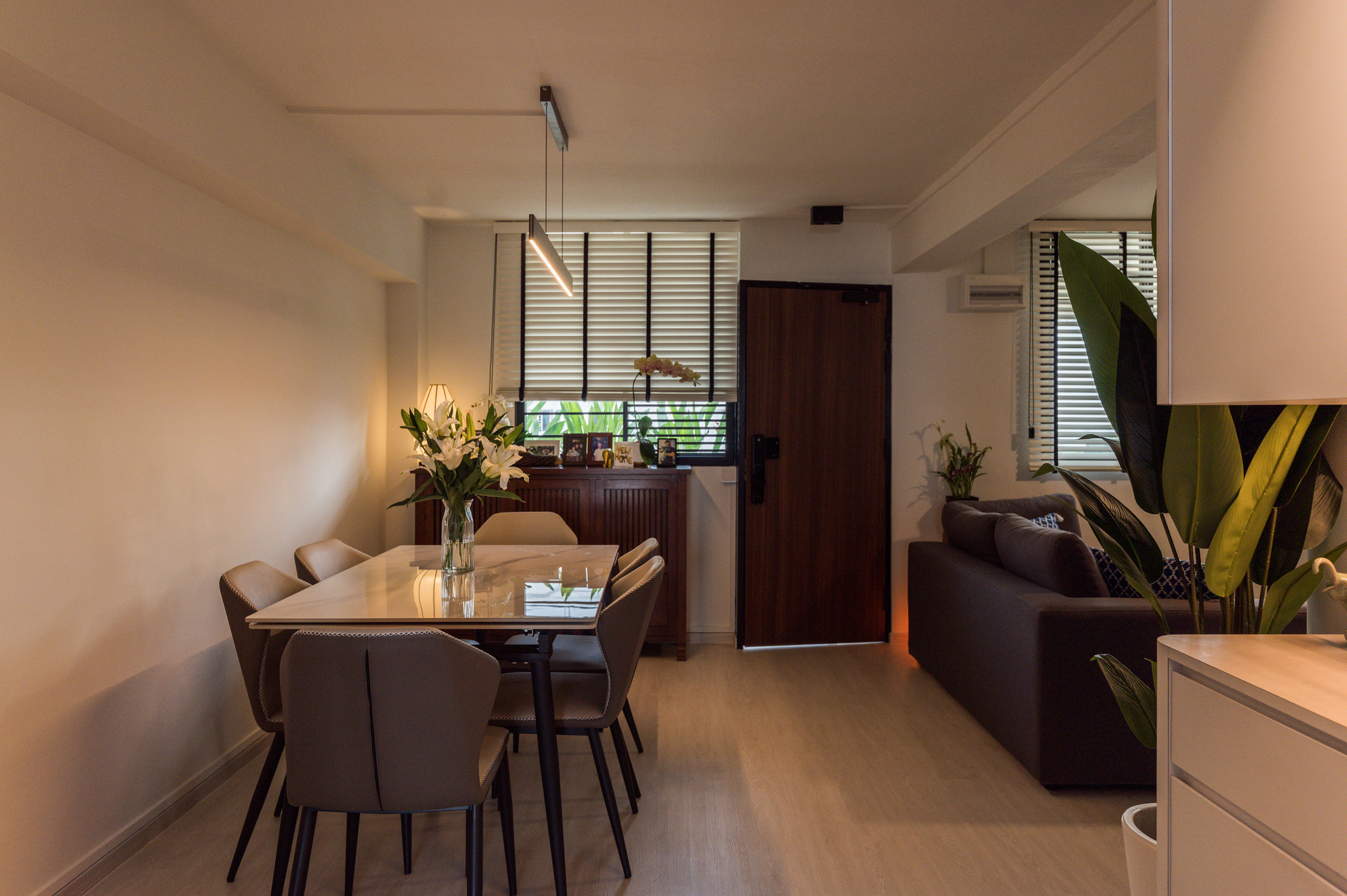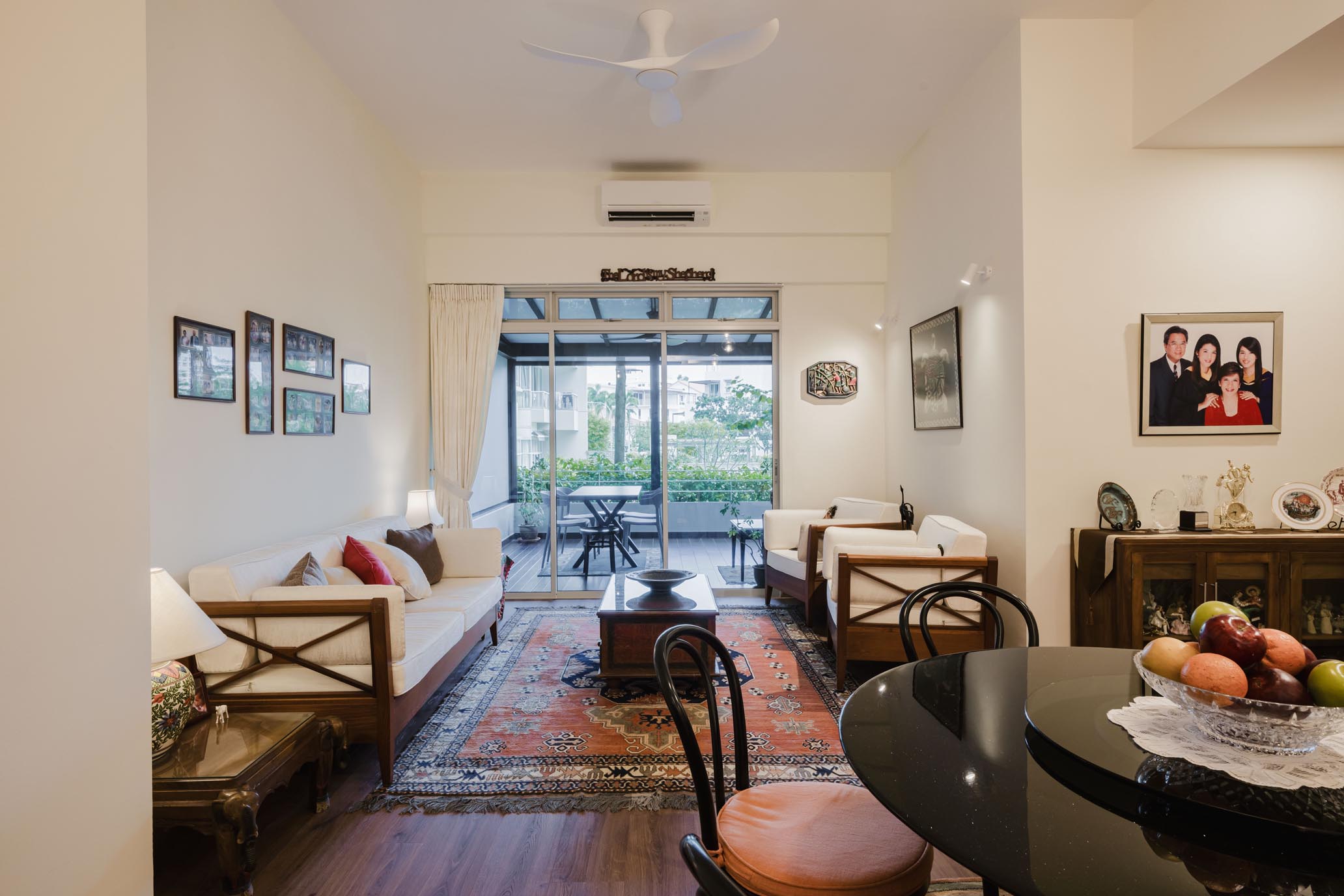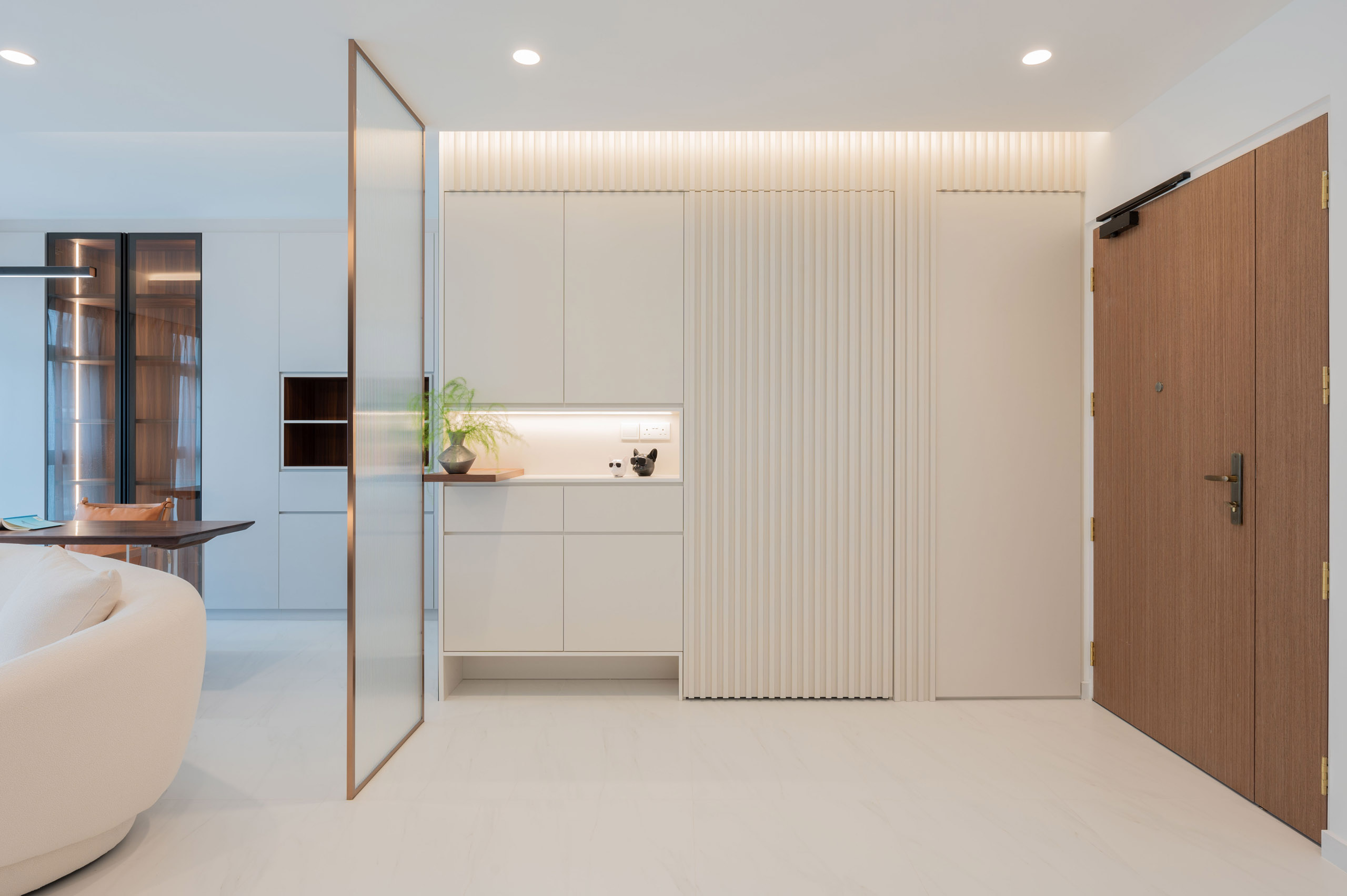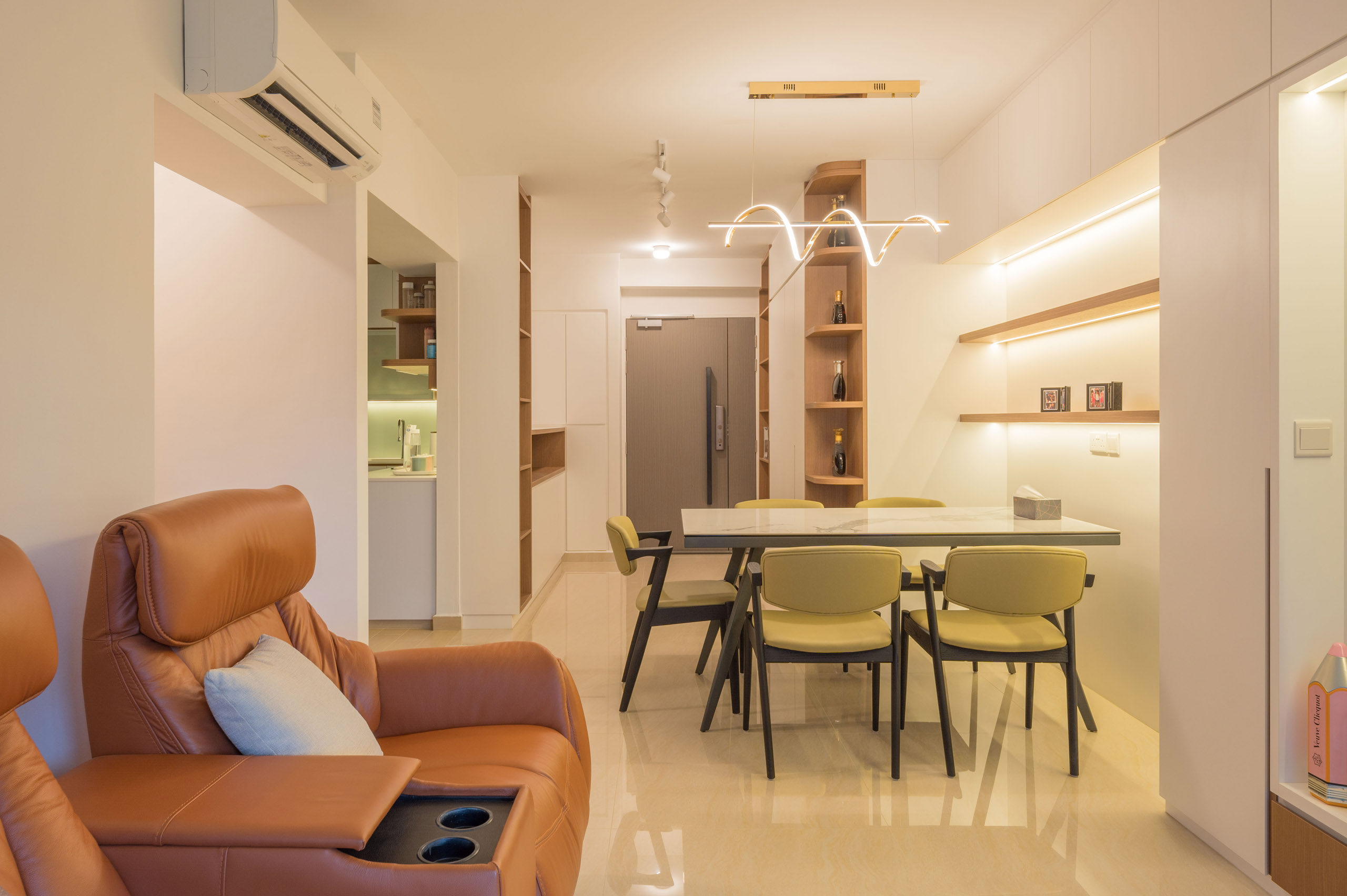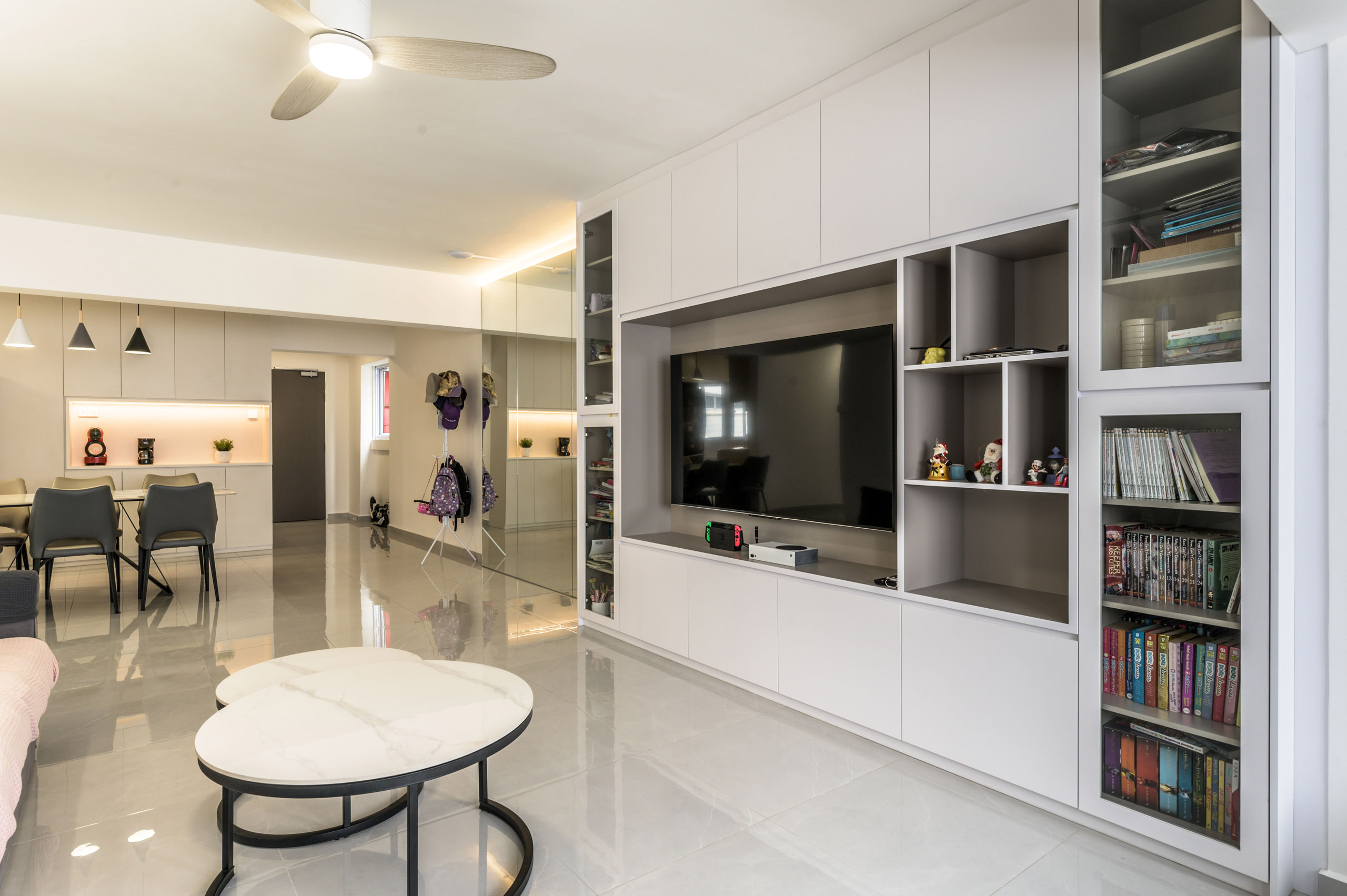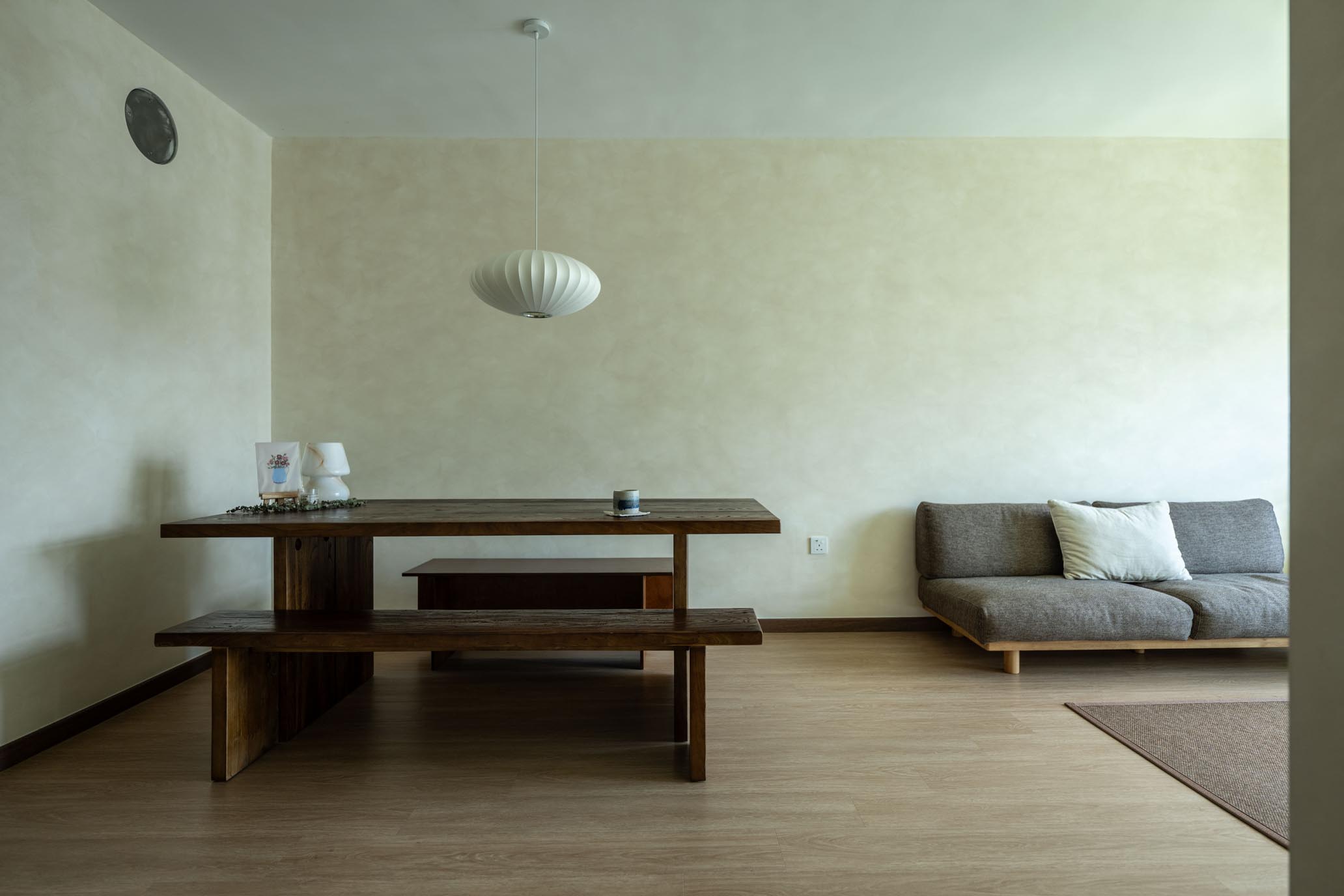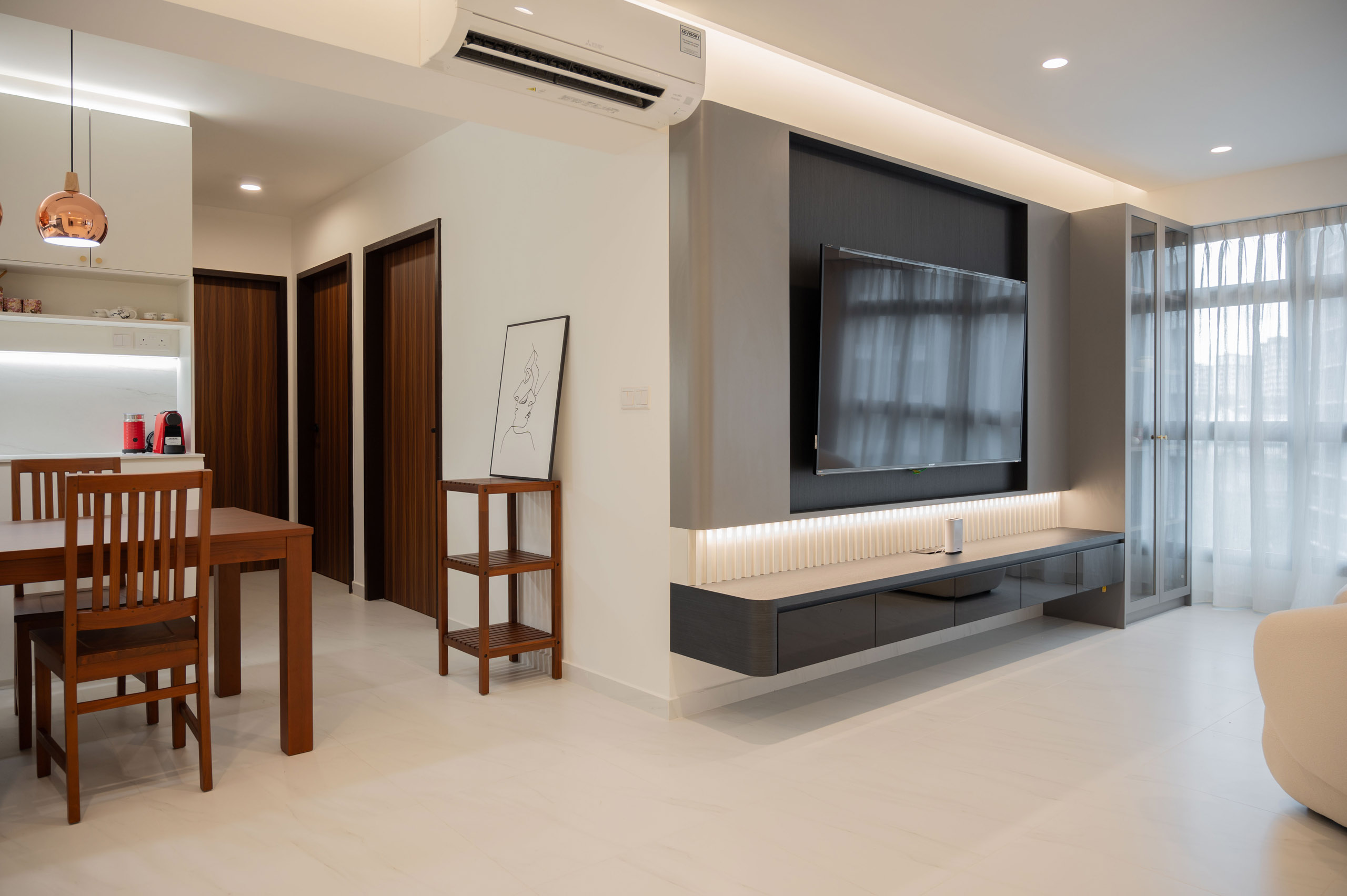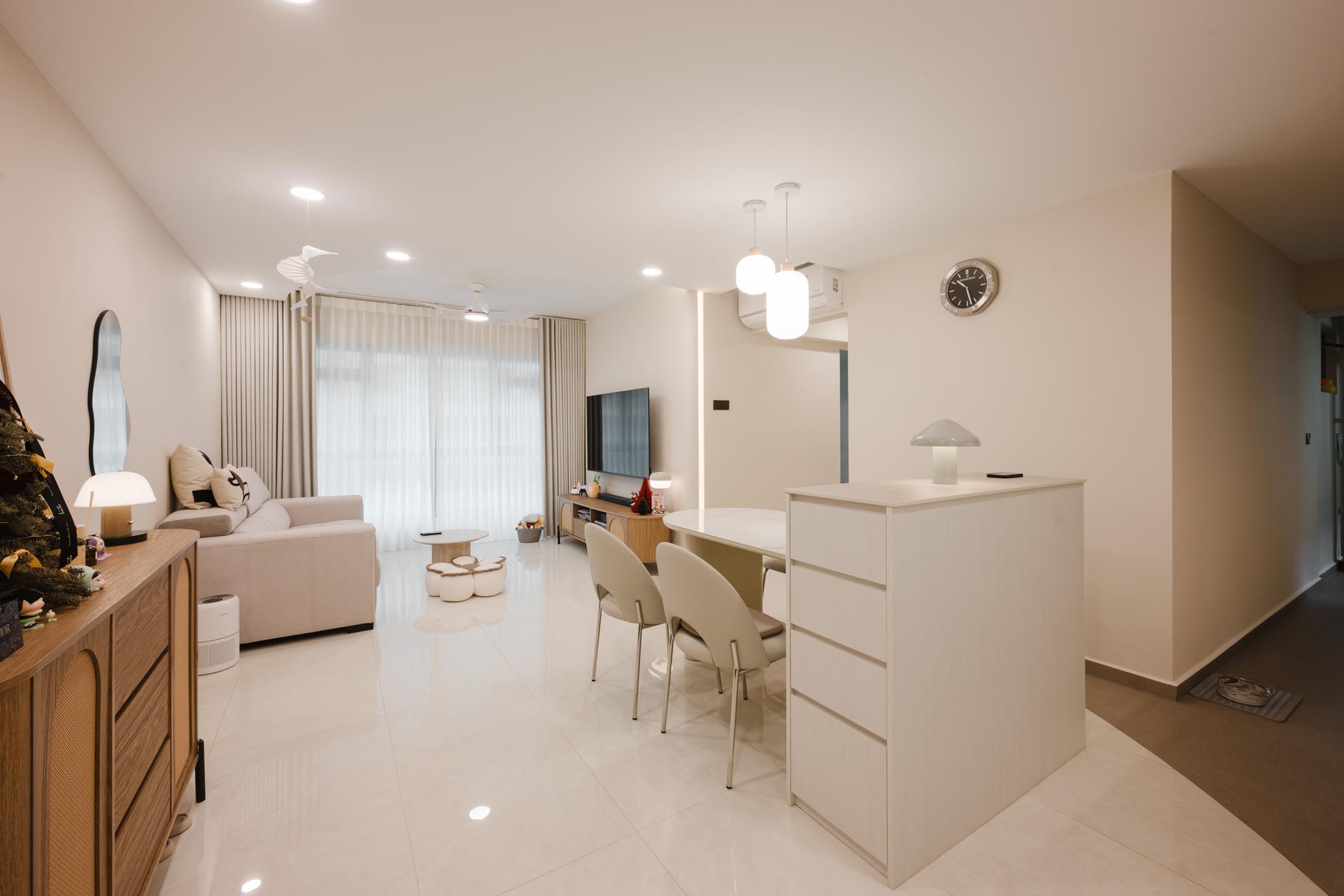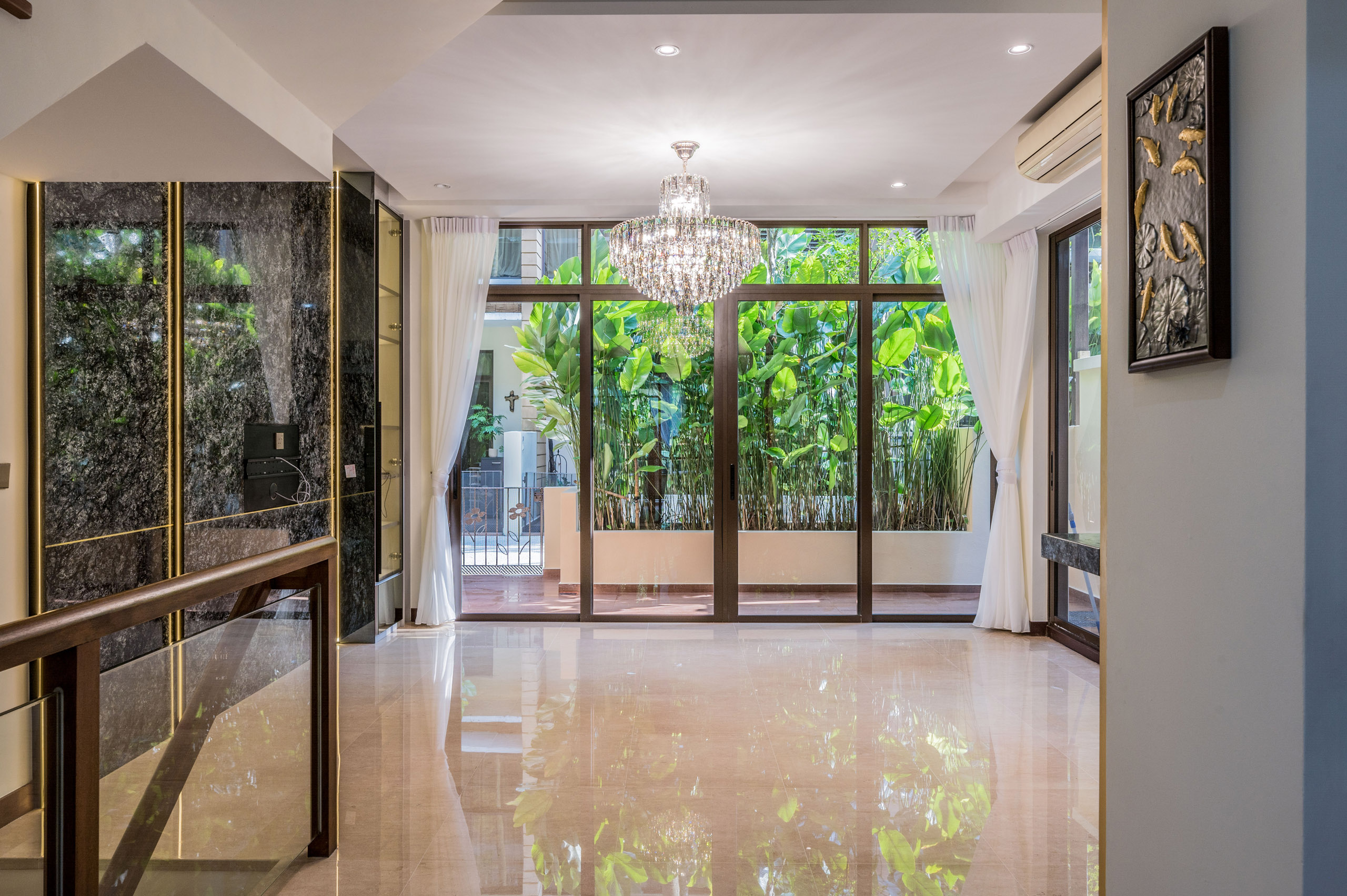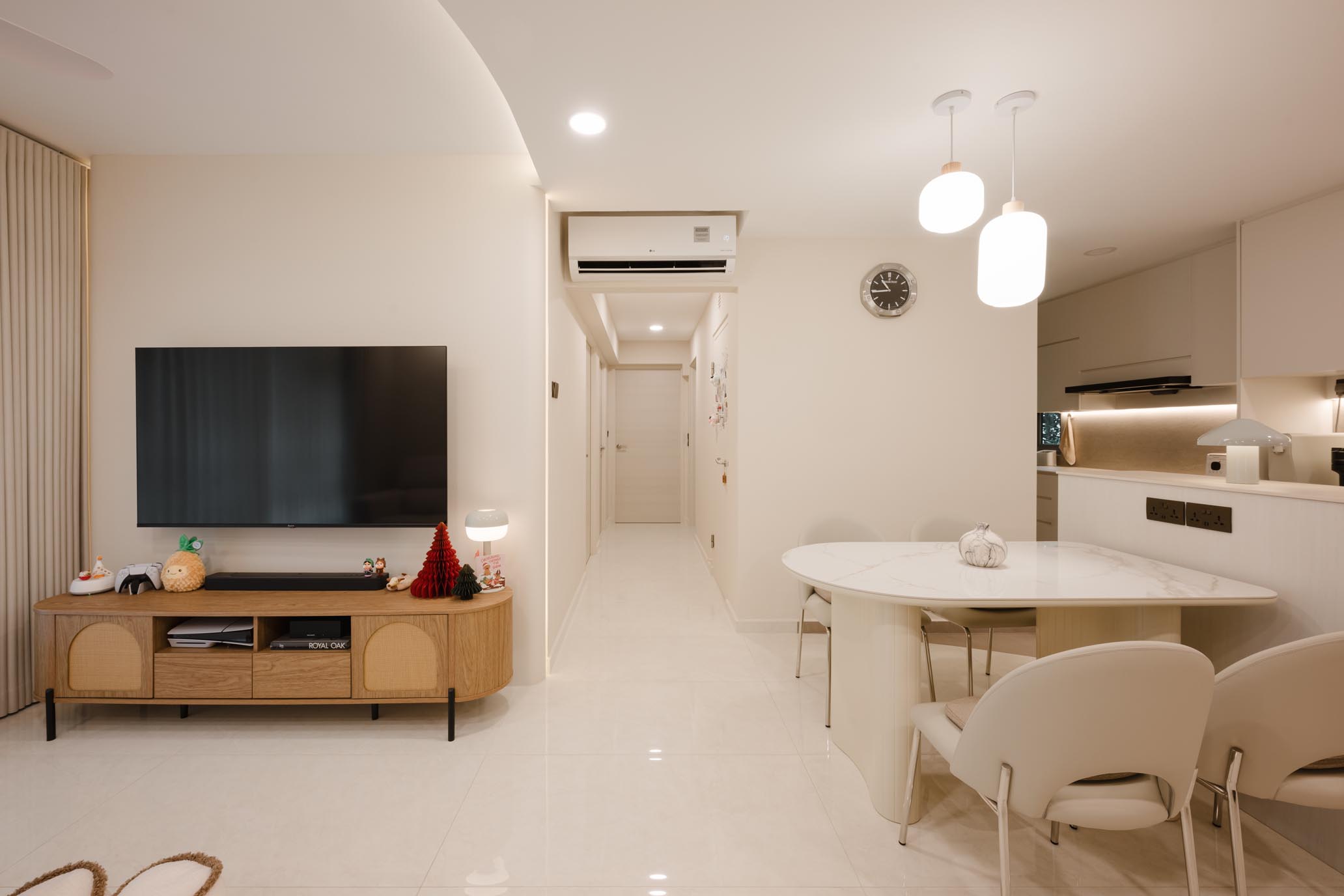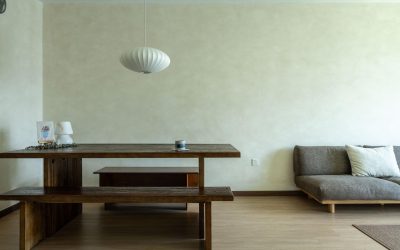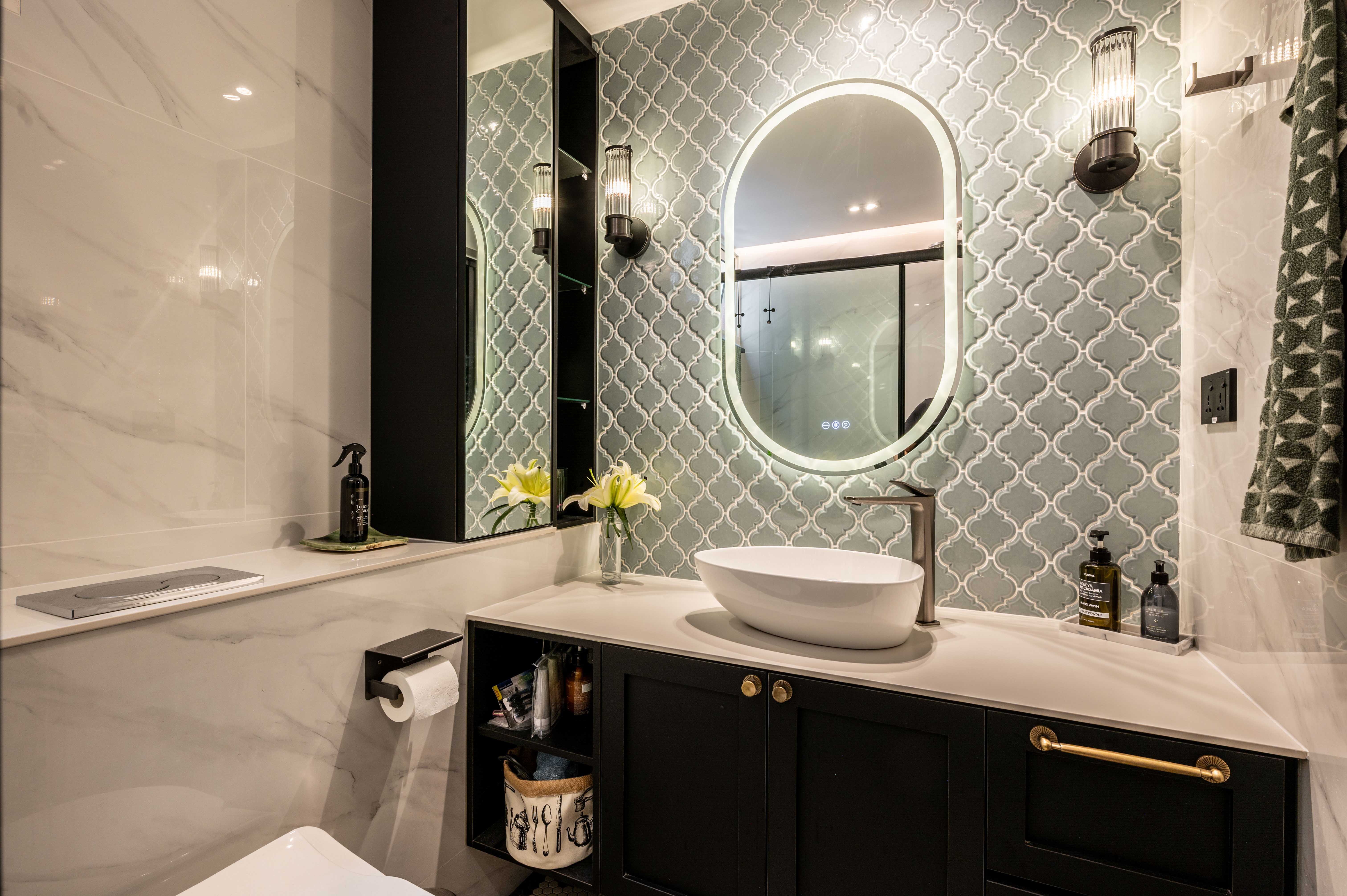Ever found yourself wishing for more room in your home without the hassle of moving or extensive renovations? You’re not alone. Many homeowners struggle with the challenge of limited space, especially as our possessions accumulate over time. The good news is that creating a more spacious, functional living environment doesn’t necessarily require knocking down walls or purchasing a larger property.
A well-organized home does more than just look appealing—it positively impacts your mental wellbeing. Research shows that cluttered environments can trigger stress hormones, while orderly spaces promote relaxation and clarity of thought. When your surroundings feel harmonious, you’re better equipped to handle daily challenges and enjoy your downtime.
In this comprehensive guide, we’ll explore practical strategies to maximize your existing space, implement clever storage solutions, and create an environment that feels both expansive and inviting. Whether you’re preparing for holiday gatherings or simply seeking a more peaceful home atmosphere, these expert recommendations will help you transform your living space into one that truly enhances your quality of life.
Assessing Your Space: Finding Hidden Potential
Before implementing any changes, take time to thoroughly evaluate your home with fresh eyes. Walk through each room deliberately, noting areas where items tend to accumulate. Pay particular attention to high-traffic zones like entryways, kitchen counters, and living room surfaces. These spots often become default dumping grounds for mail, keys, and everyday items.
Look beyond the obvious storage areas such as closets and cabinets. Consider underutilized spaces that could serve multiple purposes. The area beneath staircases, overhead spaces near ceilings, narrow gaps between furniture and walls—all represent untapped potential. Even the backs of doors and empty wall sections can be transformed into functional storage zones with the right approach.
Document your observations by taking photographs or making notes about each room’s challenges and opportunities. This visual inventory will prove invaluable as you prioritize projects and develop solutions. Remember that identifying problem areas isn’t about criticizing your home but rather recognizing opportunities for improvement.
Consider how you actually use each space versus how you ideally would like to use it. Perhaps your dining room has become a makeshift office, or your guest bedroom doubles as storage for seasonal items. Understanding these patterns will help you design solutions that accommodate your real-life needs rather than an idealized version of home organization.
Strategic Furniture Selection: Doing More with Less
Furniture selection plays a crucial role in space optimization. When every square foot counts, multifunctional pieces become invaluable assets. Consider investing in a sofa that converts to a bed for overnight guests, or a coffee table with concealed compartments for remote controls, magazines, and other living room essentials.
Nesting tables offer flexibility for entertaining while occupying minimal floor space when not in use. Similarly, extendable dining tables can accommodate larger gatherings without permanently claiming valuable real estate. For bedrooms, platform beds with integrated drawers eliminate the need for separate dressers, freeing up floor space and creating a more open feel.
Scale is equally important when selecting furniture. Oversized pieces can overwhelm smaller rooms, making them feel cramped regardless of how well-organized they are. Opt for slimmer profiles and raised legs that allow visibility of floor space beneath, creating an illusion of openness. In compact dining areas, consider benches instead of chairs on one side of the table—they can be tucked completely underneath when not in use.
When arranging furniture, avoid blocking natural pathways through rooms. Circulation space is essential for a room to function properly and feel spacious. Position larger pieces against walls when possible, and ensure there’s adequate clearance for doors and drawers to open fully without obstruction.
Vertical Solutions: Expanding Upward
One of the most underutilized dimensions in home organization is vertical space. While we naturally focus on floor area, walls offer abundant storage potential without consuming precious square footage. Installing floating shelves at varying heights creates display space for decorative items while providing practical storage for books, plants, and everyday essentials.
Floor-to-ceiling bookcases maximize storage capacity while drawing the eye upward, creating the perception of higher ceilings. For kitchens, consider extending cabinetry to the ceiling—the uppermost shelves can store seasonal or rarely-used items. Magnetic strips mounted on walls can hold metal utensils, freeing up drawer space for other necessities.
Don’t overlook the potential of door surfaces. Over-the-door organizers can transform closet doors into storage zones for shoes, accessories, cleaning supplies, or pantry items. Similarly, the backs of cabinet doors can accommodate spice racks, cutting boards, or cleaning supplies with the addition of simple hooks or specialized organizers.
When implementing vertical storage, consider accessibility. Items used frequently should remain within easy reach, while seasonal or rarely-used possessions can occupy higher positions. A decorative step stool or folding library ladder can provide access while serving as an attractive design element in its own right.
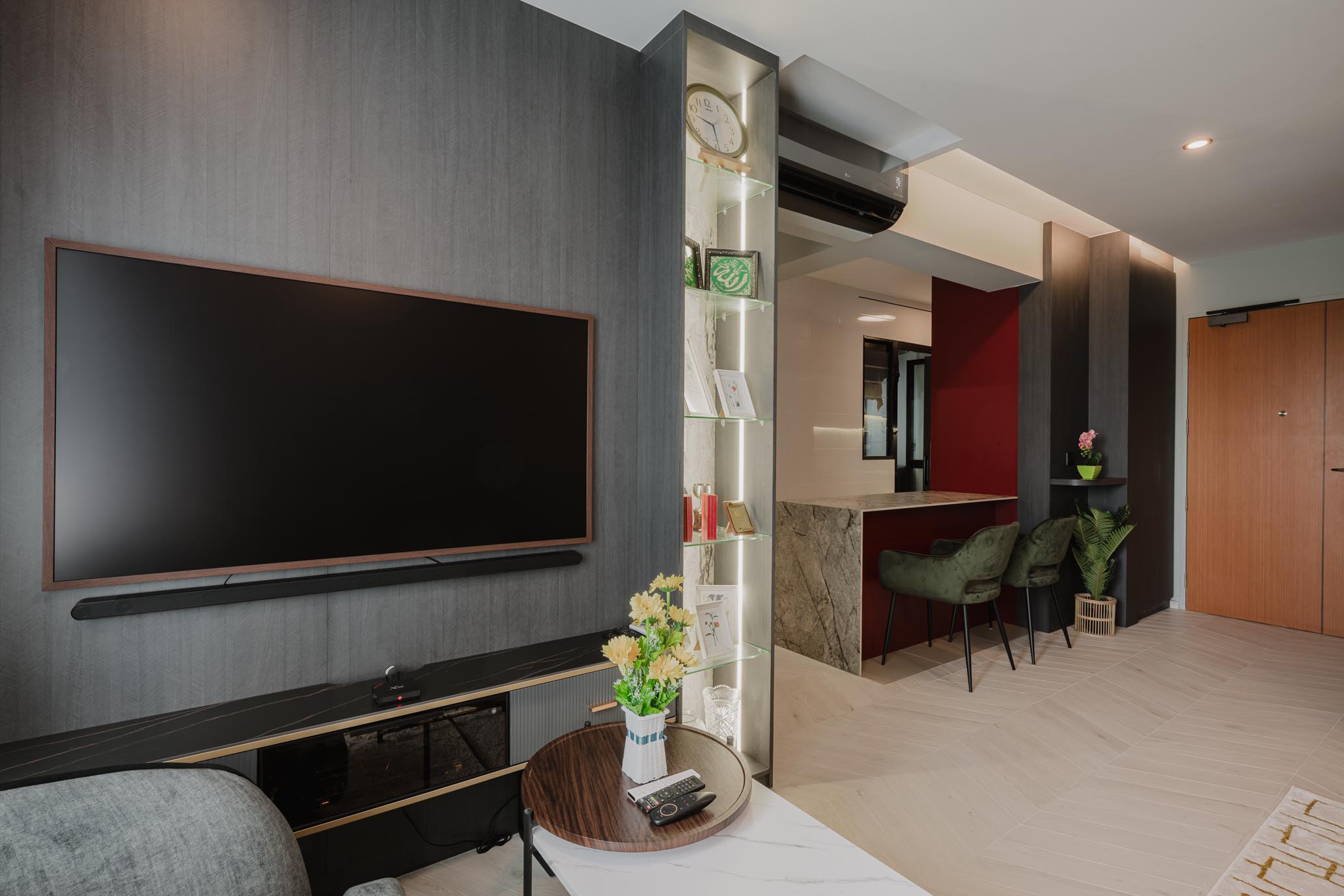
Color and Light: Creating Visual Spaciousness
Strategic use of color and light can dramatically influence how spacious a room feels, regardless of its actual dimensions. Light hues reflect more illumination, making walls appear to recede and rooms feel larger. Consider painting walls in soft neutrals like pale gray, gentle beige, or crisp white to create an airy atmosphere.
For added dimension, incorporate an accent wall in a slightly deeper shade or subtle pattern. This creates visual interest without overwhelming the space. Extend your color strategy to larger furniture pieces—selecting sofas, beds, and storage units in tones that blend with wall colors creates a seamless look that expands the perceived size of the room.
Natural light is perhaps the most powerful tool for enhancing spatial perception. Maximize window exposure by using sheer window treatments that filter light without blocking it completely. Position mirrors strategically to reflect outdoor views and amplify available sunlight. A large mirror placed opposite a window effectively doubles the light entering the room.
Artificial lighting deserves equal attention in your space-maximizing strategy. Rather than relying solely on overhead fixtures, incorporate multiple light sources at different heights. Table lamps, floor lamps, wall sconces, and under-cabinet lighting create layers of illumination that eliminate shadows and make rooms feel more expansive. Dimmer switches allow you to adjust lighting levels according to time of day and activities.

Zoning and Room Division: Creating Purposeful Areas
In open-concept homes or multipurpose rooms, establishing distinct zones helps maintain order while maximizing functionality. Rather than using solid walls that block light and sight lines, consider alternative division methods that preserve the sense of openness while defining separate areas.
Furniture arrangement offers a subtle way to delineate spaces. Position a sofa with its back to the dining area to create a living room zone, or place a console table behind the sofa to serve as a boundary marker. Area rugs effectively define conversation areas or activity zones within larger spaces, providing visual cues about room function.
For more definition without permanent construction, consider room dividers that maintain visual connection. Bookshelf units with open backs allow light to pass through while providing storage and separation. Decorative screens offer flexibility—they can be repositioned as needed or folded away entirely when more open space is desired.
In home offices situated within living areas, consider using a decorative folding screen to conceal work equipment at the end of the day. This simple solution allows the space to transition from professional to personal use without requiring separate rooms for each function.
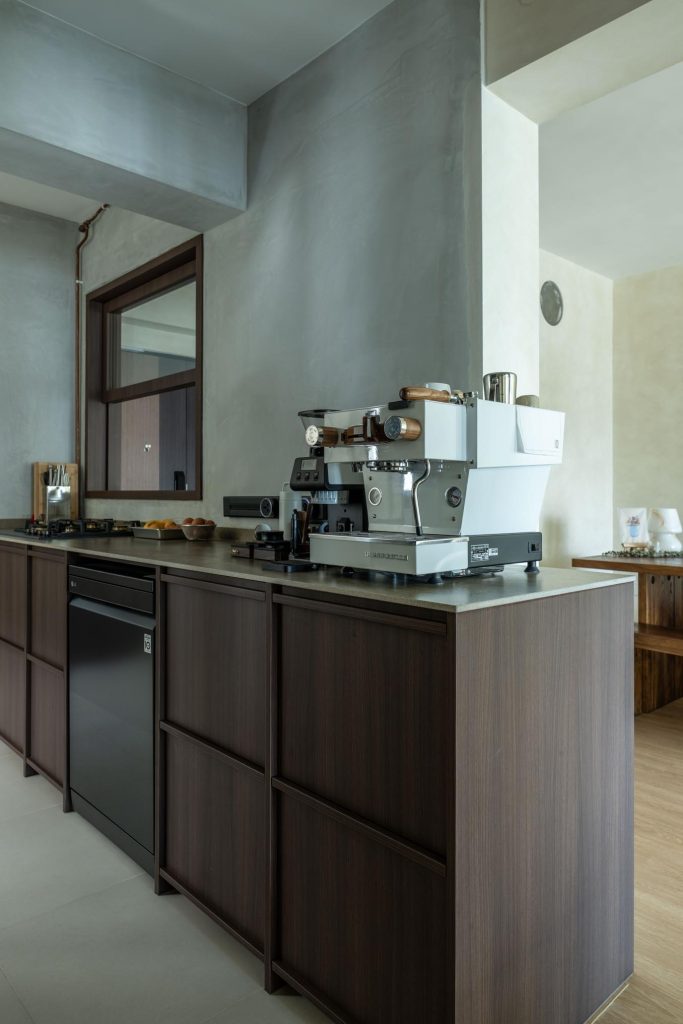
Decluttering Strategies: Less Stuff, More Space
Perhaps the most fundamental principle of space maximization is simply having fewer possessions to accommodate. Decluttering isn’t merely about discarding items—it’s about thoughtfully curating your belongings to align with your current lifestyle and values. Begin by categorizing items into four groups: keep, donate, sell, and discard.
When evaluating possessions, consider both practical utility and emotional significance. Items that serve no purpose and hold no sentimental value are prime candidates for removal. For belongings with emotional attachment but limited usefulness, consider photographing them before donating, allowing you to preserve the memory without the physical object.
Implement the “one in, one out” rule to maintain your progress. For every new item that enters your home, remove something of similar size or purpose. This simple practice prevents gradual re-accumulation of clutter and encourages mindful consumption habits.
Digital decluttering deserves attention alongside physical organization. Convert paper documents to digital formats when possible, reducing the need for filing cabinets and storage boxes. Similarly, consider streaming services for music and movies rather than maintaining extensive physical collections that require substantial storage space.
Specialized Storage Solutions: Tackling Problem Areas
Certain areas of the home present unique organizational challenges that benefit from tailored approaches. Closets often rank among the most problematic spaces, with standard configurations failing to maximize available volume. Consider installing a customizable closet system with adjustable shelving, double-hang sections, and specialized compartments for accessories and shoes.
Kitchen cabinets frequently harbor wasted space due to standard shelving that leaves gaps above stored items. Shelf risers, expandable organizers, and stackable containers can double usable space within existing cabinets. For pots and pans, consider ceiling-mounted racks that free up valuable cabinet real estate while creating an attractive culinary display.
Bathroom storage presents challenges due to limited square footage and moisture concerns. Look beyond conventional cabinets to wall-mounted solutions like floating shelves, towel ladders, and over-toilet storage units. Magnetic strips inside medicine cabinet doors can hold small metal items like tweezers and nail clippers, maximizing every available inch.
Garages often become catchall spaces for household overflow. Implement a zone system, designating specific areas for categories like sports equipment, gardening supplies, and seasonal decorations. Wall-mounted track systems with interchangeable hooks and brackets accommodate changing storage needs throughout the year while keeping items off the floor.
Seasonal Rotation: Managing Changing Needs
Implementing a seasonal rotation system for clothing, decorative items, and household goods can significantly reduce the amount of storage space needed at any given time. Divide your belongings into seasonal categories and store off-season items in less accessible locations, bringing them out only when needed.
For clothing, vacuum-sealed bags compress bulky winter items during summer months, reducing their storage footprint by up to 75%. Specialized containers with dividers protect holiday decorations during their off-season, while clearly labeled boxes ensure you can locate specific items when needed.
Consider creating a seasonal transition ritual at the beginning of each new season. This process involves evaluating items from the previous season before storing them away—discarding damaged goods, noting replacements needed, and donating items that went unused. This practice prevents accumulation of unnecessary items and ensures storage spaces remain manageable.
For homes with limited closet space, implement an under-bed storage system for off-season clothing and bedding. Low-profile containers with wheels allow easy access while utilizing space that would otherwise remain empty. Similarly, high shelves in closets can store seasonal items in decorative boxes that contribute to the room’s aesthetic.
Ready to transform your dream space? Get started today and let our interior designers bring your vision to life.

